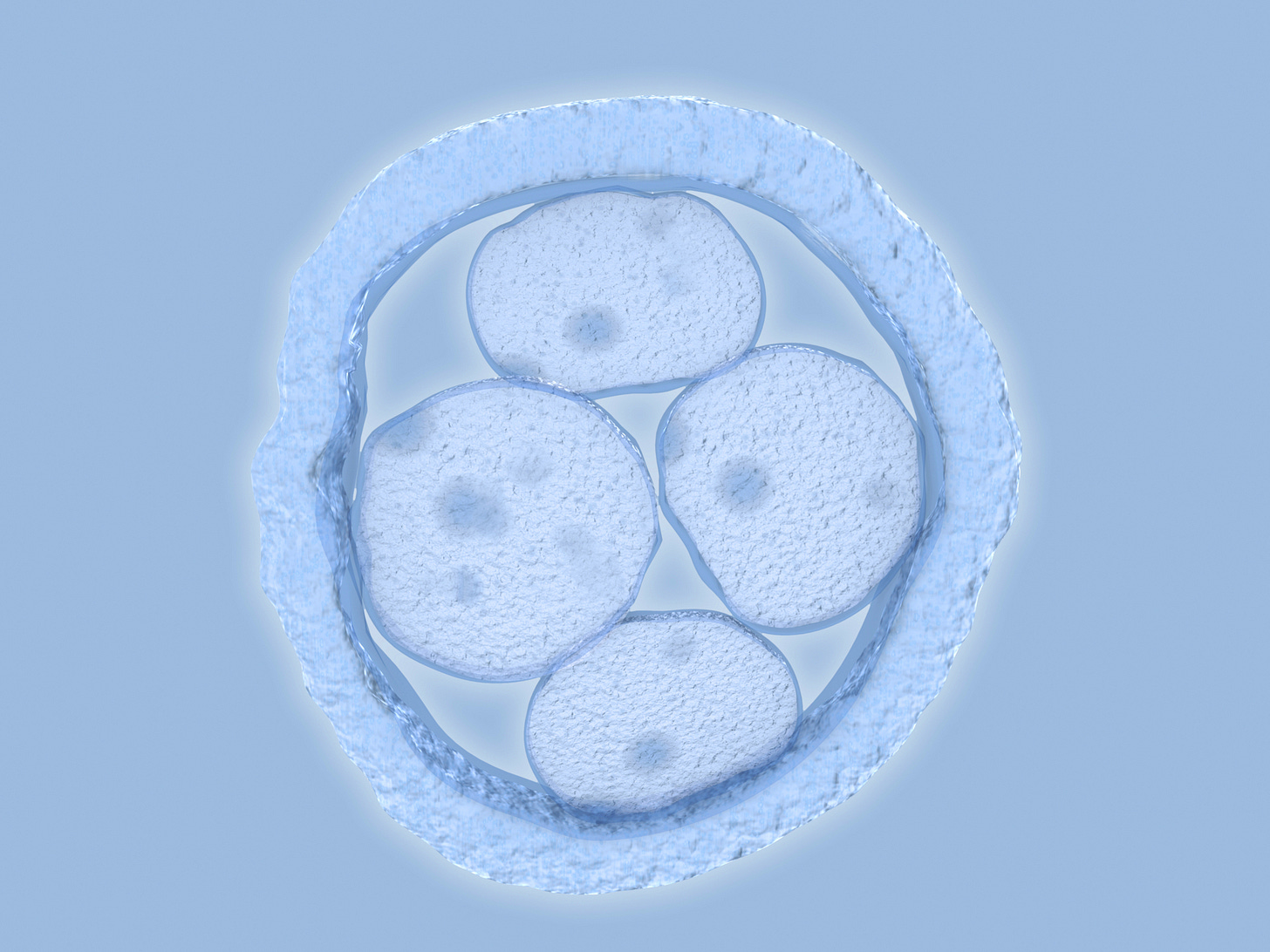Insights on the Evolving Landscape of Embryo Disposition in the United States
Recent studies shed new light on how US patients make decisions about their frozen embryos and the outcomes for families built through embryo donation.
Background on Embryo Cryopreservation (Klock, 2023)
Since its first successful implementation in 1983, embryo cryopreservation has evolved into an essential component of assisted reproductive technology. According to the Society for Assisted Reproductive Technology registry, there are currently more than 1.2 million embryos potentially in storage, highlighting the scale of this practice.
Families often face complex and emotionally charged decisions about what to do with their frozen embryos. They must consider contingency plans for various scenarios. These might include relationship dissolution, death of one or both partners, completion of family building, financial inability to continue storage, or loss of contact with the storage facility. The options for embryo disposition include:
Donating embryos to other families (known or de-identified) through a clinic-based program, a specialized embryo donation program, or a private match,
Contributing embryos to medical research and training,
Storing their embryos in perpetuity, and
Discarding embryos (including compassionate transfer, or placing embryos in the reproductive tract when implantation is unlikely).
Multiple factors often complicate the decision-making process surrounding embryo disposition, and these challenges have been further complicated by recent legal developments. Modern fertility practices now face the task of developing comprehensive protocols for obtaining patient directives, regularly reviewing disposition decisions as choices may change over time, and providing adequate support and counseling for patient decision-making. Additionally, storage policies and procedures require constant updates to address emerging challenges in the field.
Who Chooses to Donate to Other Families?
In 2022, Barishansky and colleagues surveyed 337 fertility patients who had previously expressed interest in embryo donation. The respondents were mostly white, married females from the Mid-Atlantic region. Of these, 68% completed donation while 22% discarded their embryos. The rest were undecided. The researchers found no demographic differences between donors and non-donors, but identified several factors associated with donation completion including religious beliefs, desire not to waste embryos, and storage fee considerations. Notably, neither genetic testing nor use of donor gametes significantly influenced donation decisions, contrary to previous research findings. Those who donated reported higher satisfaction and less regret compared to those who discarded embryos.
Growing Openness to Donation
A national survey conducted by Roberts et al in early 2024 revealed that an overwhelming 91% of patients with surplus embryos were open to donation. Their motivations were primarily altruistic, including compassion for infertile people (41%), paying forward success (33%), and helping those with limited access to family building (31%). The study also identified key concerns around anonymity and recipient family selection. Both donors and recipients showed interest in communication, with 50% of donors and 34% of recipients preferring high-engagement open interaction.
Outcomes for Children and Families
A study by Salari and colleagues (2024) examined the psychosocial outcomes of children born through embryo donation. The research, which surveyed 187 parents, found that children showed normal psychosocial adjustment across all age groups from 2 to 17 years. Parents demonstrated high levels of acceptance, and nearly all (98%) had either disclosed or planned to disclose the use of embryo donation to their children. The majority of participants (over 90%) came from three programs: Snowflake/Nightlight Christian Adoptions, Embryo Donation International (EDI), and National Embryo Donation Center (NEDC).
The Disposition Decision-Making Process
Recent research also reveals the complex decision-making process around embryo disposition. A study by Voigt et al. (2024) found that among 1,280 patients from a large urban clinic, about 70% chose to discard their embryos while 30% donated them to research. Those who donated to research were more likely to: have experienced recurrent pregnancy loss, have transferred more embryos overall, and have achieved a live birth. Those who discarded were more likely to have transferred untested embryos and never used their embryos. No significant differences were found in age at disposition, use of donor gametes, or total number of embryos disposed.
Interestingly, perspectives on embryo disposition aren't static. In a review of 104 patient charts, Prytkova and colleagues (2023) found that among patients who underwent a second IVF cycle, nearly 39% changed their initial embryo disposition choice. Most who changed their preferences opted for embryo donation, suggesting that experience with fertility treatment might influence openness to donation.
References
Barishansky, S. J., Devine, K., O'Brien, J. E., Rothwell, E., & Lawson, A. K. (2024). One size does not fit all: The personal nature of completed embryo donation. Journal of Assisted Reproduction and Genetics, 41, 1793-1806. https://doi.org/10.1007/s10815-024-03156-z
Klock, S. C., & Lindheim, S. R. (2023). Disposition of unused cryopreserved embryos: opportunities and liabilities. Fertility and Sterility, 119(1), 1-2. https://doi.org/10.1016/j.fertnstert.2022.10.036
Prytkova, V., Romanski, P. A., Petrozza, J. C., Klock, S., Christianson, M. S., & Lindheim, S. R. (2023). The fate of supernumerary cryopreserved embryos: Insights into the patient decision-making process [Conference session abstract]. Scientific Congress of the American Society for Reproductive Medicine, Chicago, IL, United States. In Fertility and Sterility, 120(4), e12.
Roberts, D., & Walker, K. A. (2024). Embryo donation (ED) motivations, barriers, and interests among individuals storing surplus embryos [Conference session abstract]. Scientific Congress of the American Society for Reproductive Medicine, Chicago, IL, United States. In Fertility and Sterility, 122(4), e104.
Salari, S., Lee, S., Mangels, J., Flyckt, R., Madeira, J., Gordon, J., Keenan, J., Lee, M., Lin, P., Pennings, G., Sweet, C., Klock, S., & Lindheim, S. R. (2024). Psychosocial outcomes of children born via embryo donation. Human Reproduction, 39(4), 779-783. https://doi.org/10.1093/humrep/deae023
Voigt, P. E., Weidenbaum, E. M., Atkinson, A., Knight, B., McCaffrey, C., & Blakemore, J. K. (2024). Examining the fate of frozen embryos: To discard or donate? [Conference session abstract]. Scientific Congress of the American Society for Reproductive Medicine, Chicago, IL, United States. In Fertility and Sterility, 122(4), e138.



